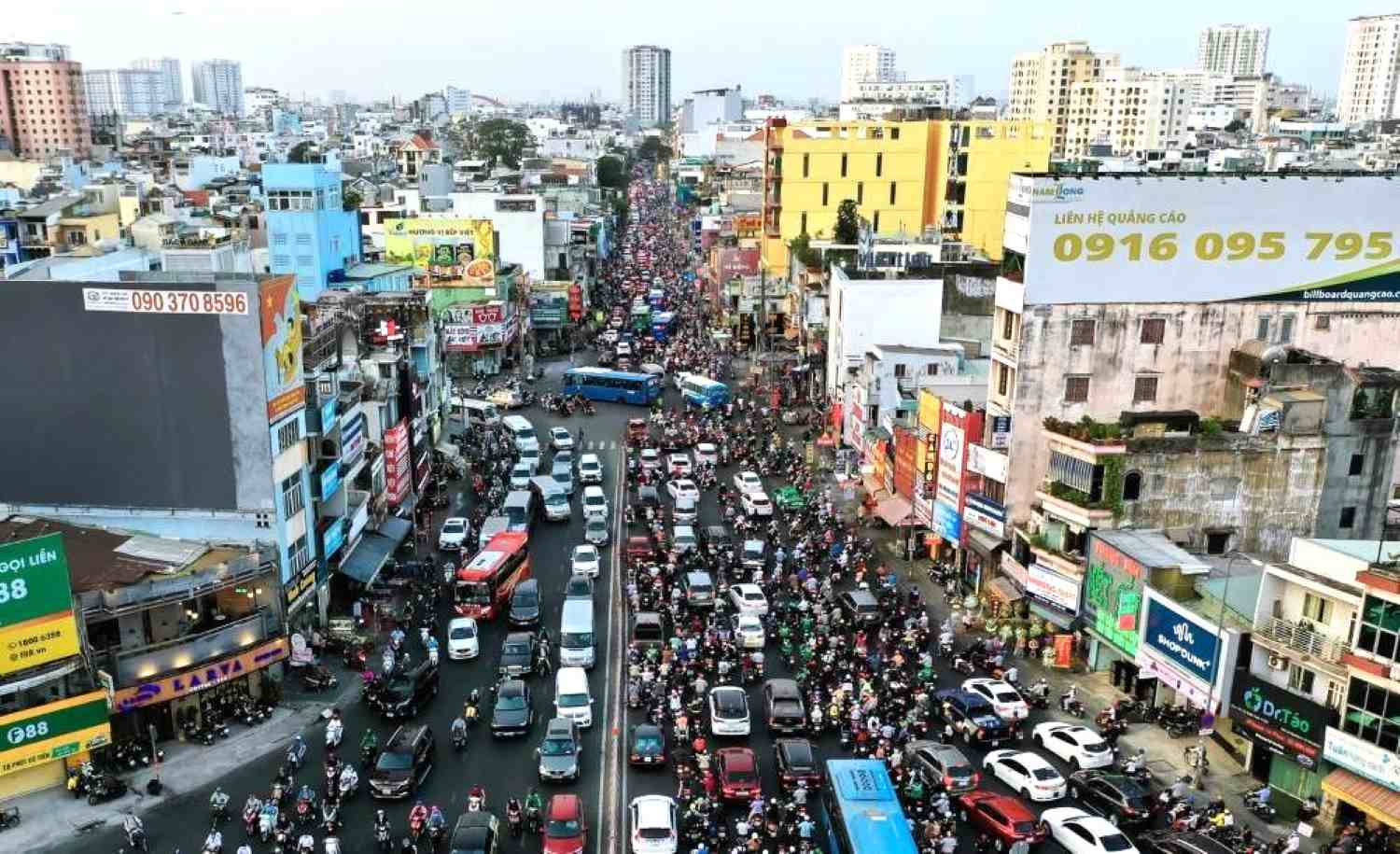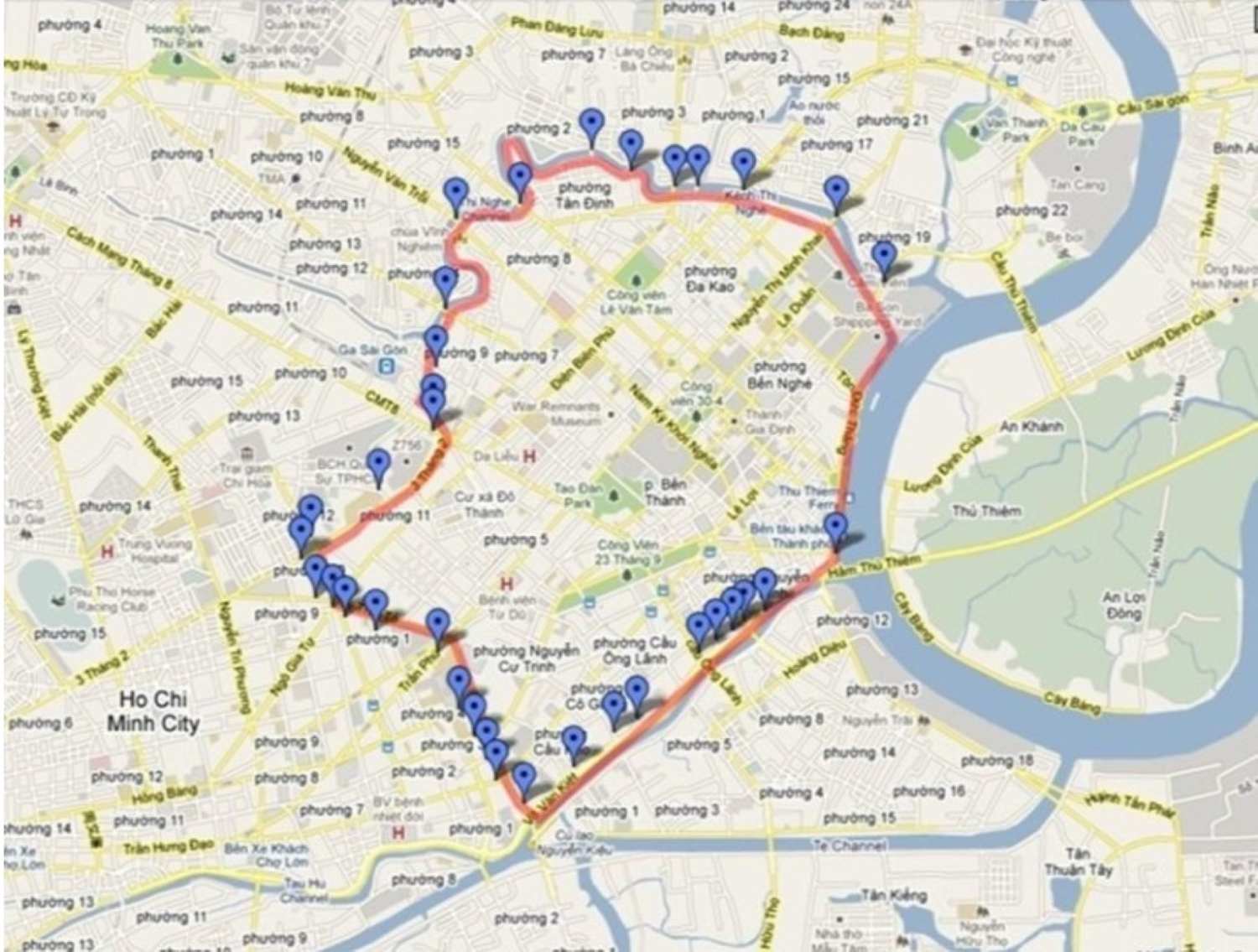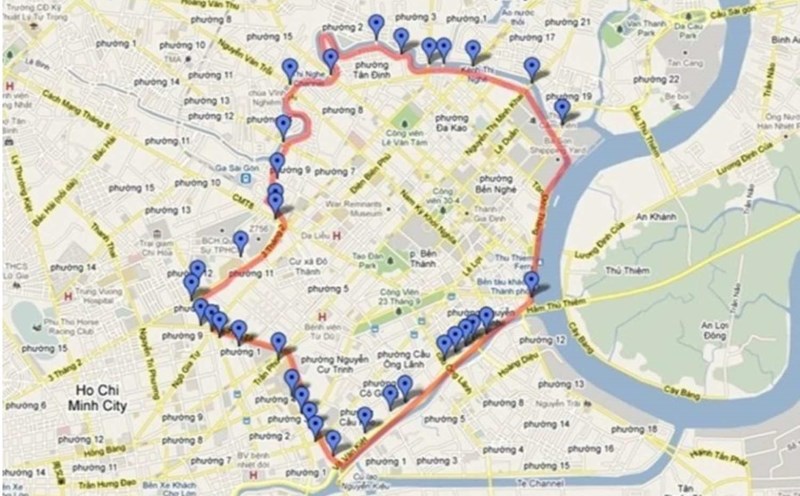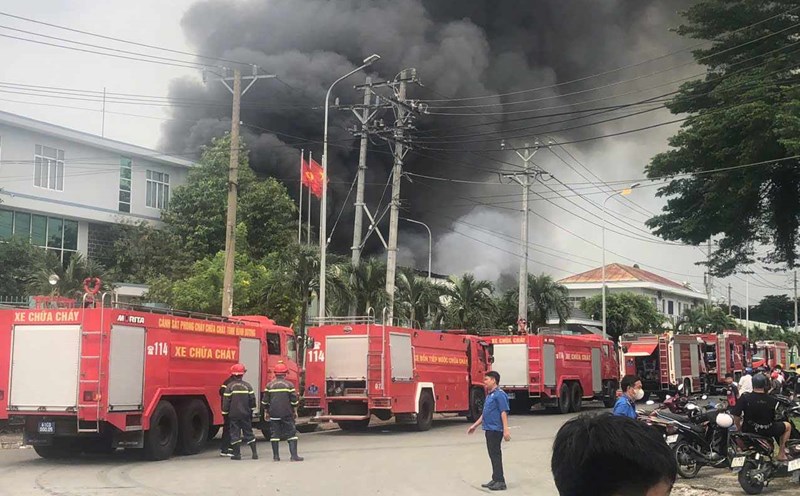The Ho Chi Minh City Department of Construction is seeking opinions from relevant departments, branches and units on the Project on controlling emissions of road vehicles.
The goal is to reduce the amount of air pollutants added from traffic activities by 90% by 2030, while strongly promoting the transition to green vehicles.
The project sets a target that by 2030, 100% of newly invested buses and taxis must be vehicles using electricity or green energy.
The number of electric motorbikes reached 900,000 - 1.5 million units; electric cars (excluding electric taxis) reached 13,000 - 18,000 units.
Public passenger transport meets 25% of people's travel needs.
Vision by 2050, 100% of road vehicles will switch to electricity or green energy, contributing to achieving the goal of net zero emissions.
Public transport meets 50 - 60% of people's travel needs.
According to the project, in the period of 2025 - 2030, the total estimated support cost is 7,329 billion VND, in 2030 alone, it will be 3,099 billion VND. Of which, support for the initial cost of converting gasoline motorbikes to electric motorbikes is more than VND 2,700 billion (accounting for 38%), support for registration fees of more than VND 2,100 billion (28.7%)...
In addition, the project also includes VND 7,577 billion for public passenger transport development activities (VTHKCC) by electric bus in the period of 2026 - 2030, of which the city budget spends VND 4,667 billion (not including VND 822.4 billion to support interest for vehicles and charging stations in the period of 2031 - 2036). Including the current VTHKCC subsidy, the Ho Chi Minh City budget needs to spend about VND16,495 billion in this period.

The project proposes many different sources of capital, in which the State budget plays a leading role in support and infrastructure investment policies.
In addition, calling on businesses to invest in charging stations, battery rental services, and public bicycles; issue long-term capital mobilization bonds for green transport infrastructure.
Exploiting the revenue from selling carbon credits, expected to bring about 4 million USD/year from converting bus fleets. Public-private partnership (PPP) in the implementation of the construction and operation of large-scale public charging stations.

According to the proposal, from 2026, Ho Chi Minh City will pilot the low emission zone (LEZ) in the central area, limiting gasoline and oil vehicles that do not meet emission standards; Can Gio district was previously also subject to the protection of biosphere reserves and sustainable tourism development.
The scope of the first LEZ phase in the central area is limited by 15 bridges and 17 main roads.
In 2026, limit service motorbikes that do not meet Euro 2 standards and commercial cars that do not meet Euro 4 to the LEZ; completely ban heavy trucks running on diesel (this group has been restricted to the center).
In the 2027 - 2032 period, the regulations will be expanded to all motorbikes under Euro 2 and cars under Euro 4.
After 2032, increase emission standards, expand LEZ to the entire Ring Road 1, including Pham Van Dong - Nguyen Thai Son roundabout - Bay Hien - Huong Lo 2 intersection - Nguyen Van Linh routes.
According to data from the project, Ho Chi Minh City after merging with Binh Duong and Ba Ria - Vung Tau has a population of more than 14 million people, with more than 11.4 million motorbikes and 1.3 million cars.
Road traffic is currently the largest source of emissions, accounting for 88% NOx, 99% CO, 79% SO2 and 88% fine dust in the total emissions from the city's traffic activities.
Air pollution from traffic causes an estimated economic damage of more than VND3,000 billion per year, equivalent to about 0.25% of Ho Chi Minh City's GRDP.











